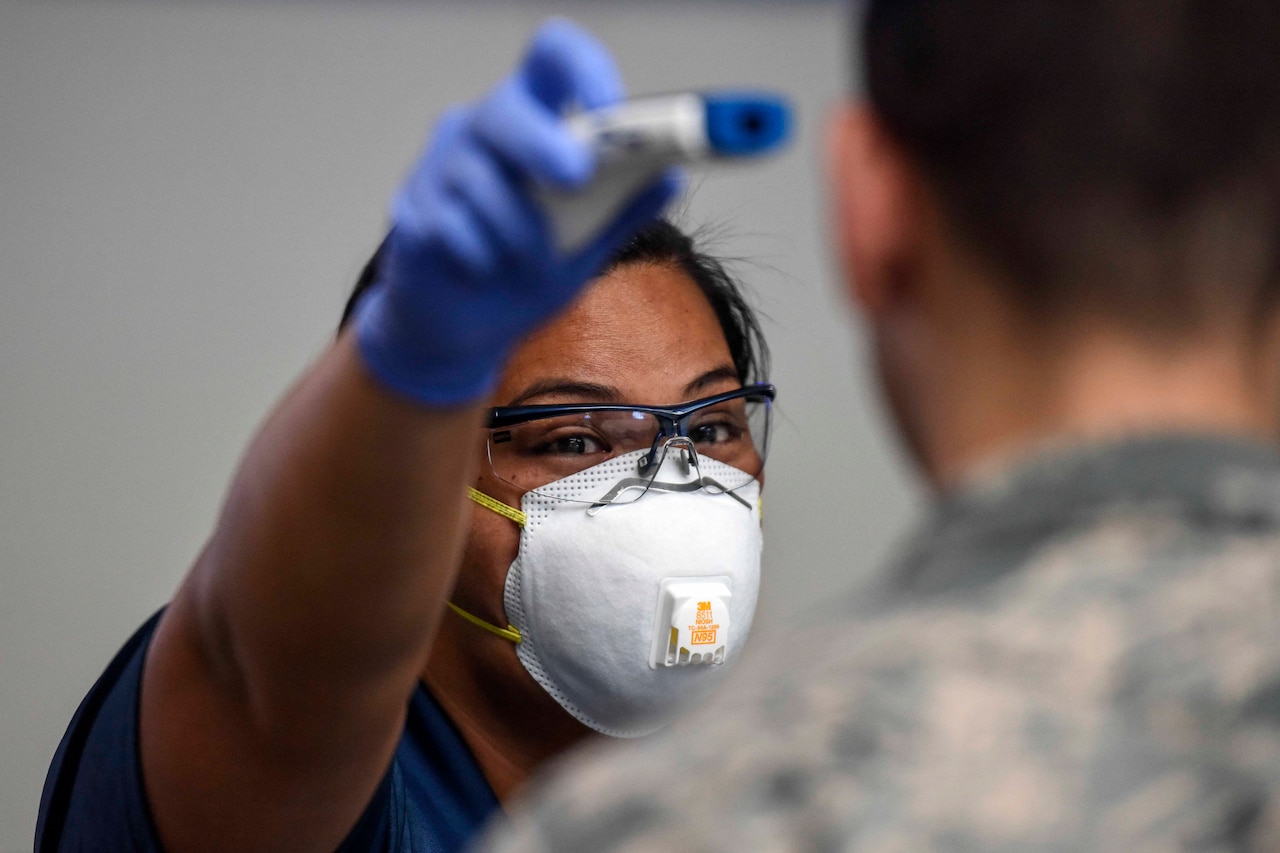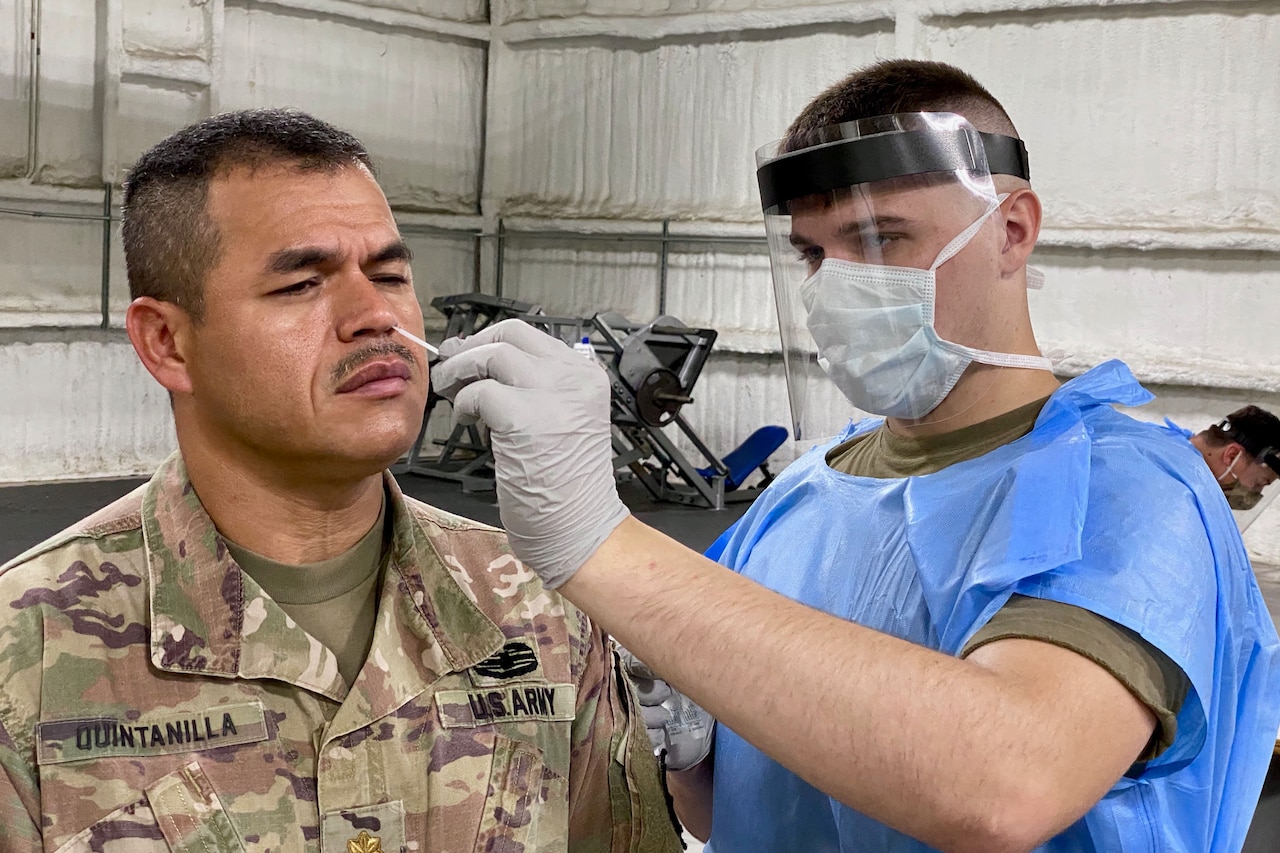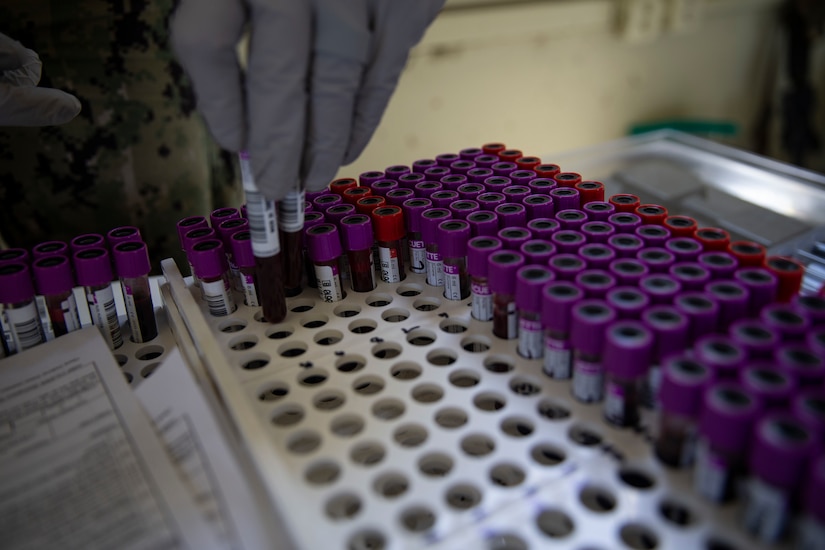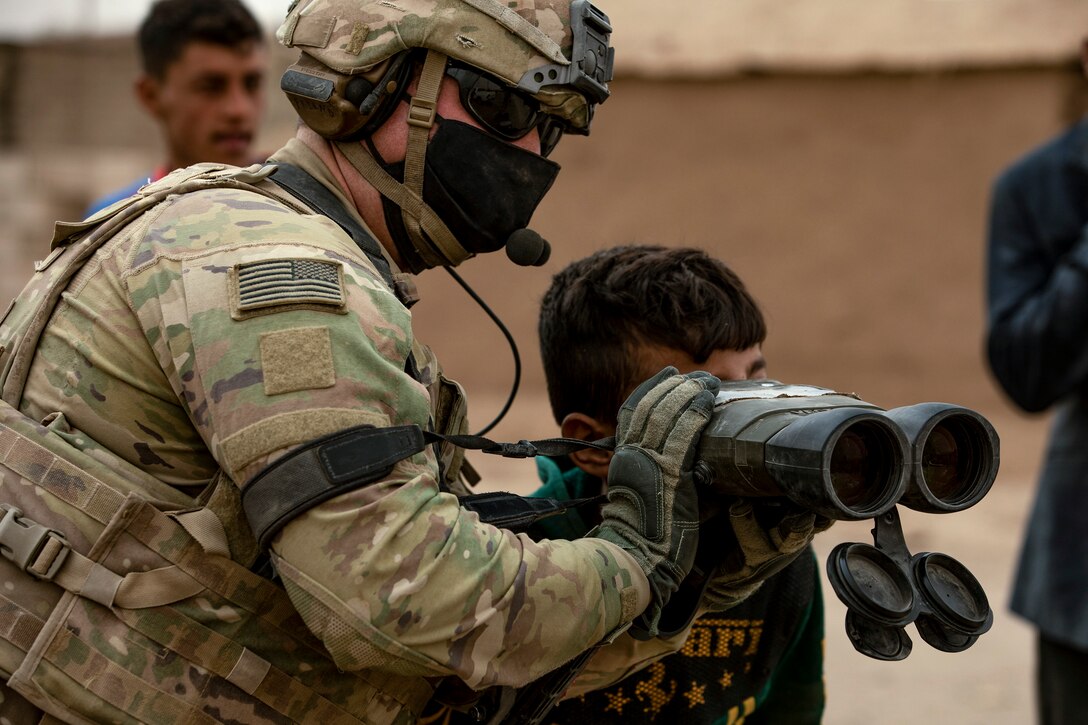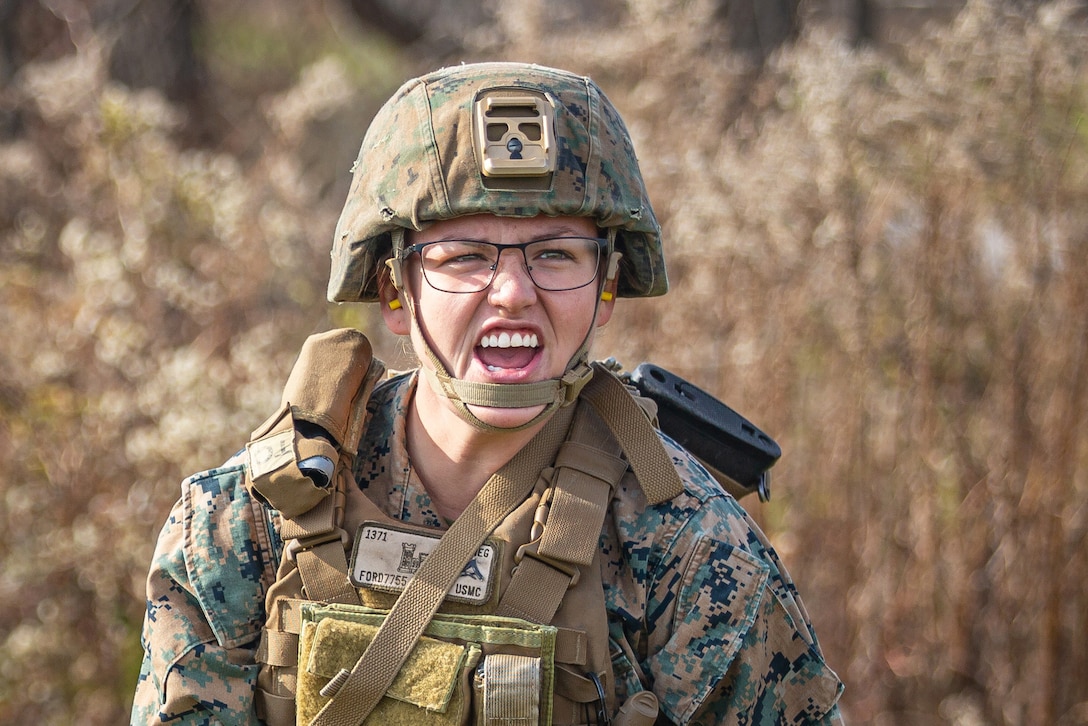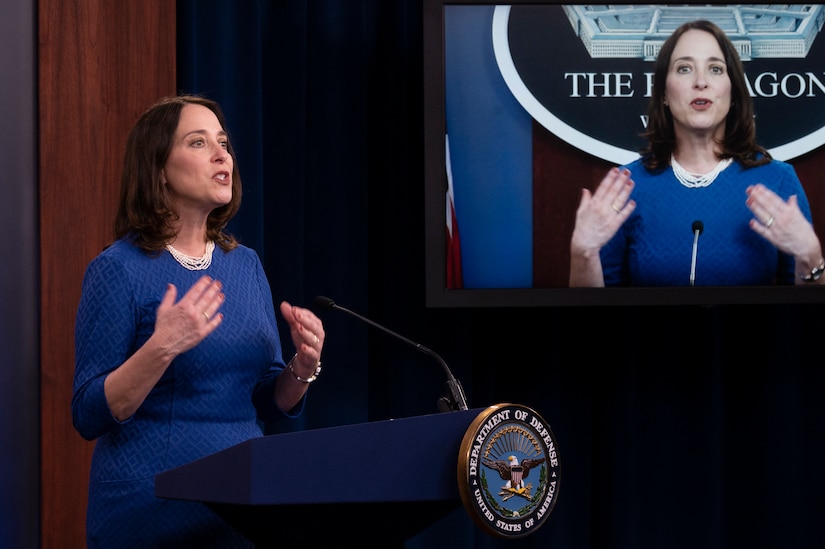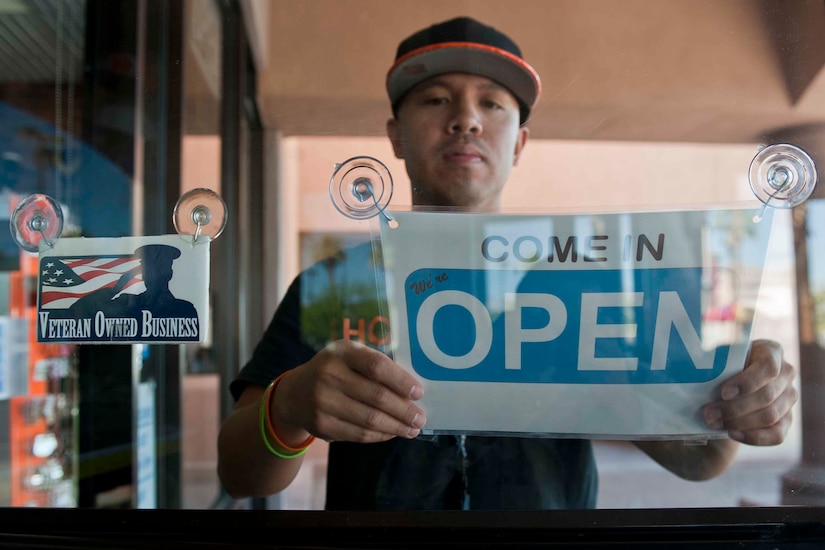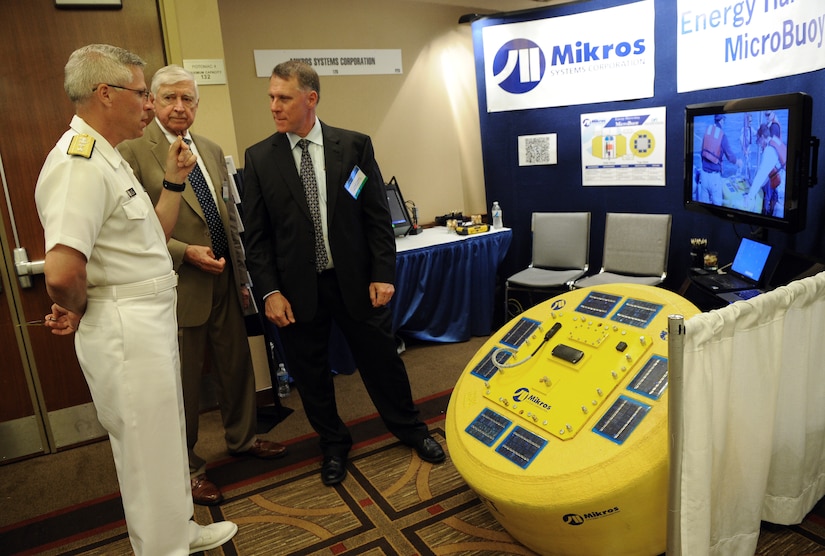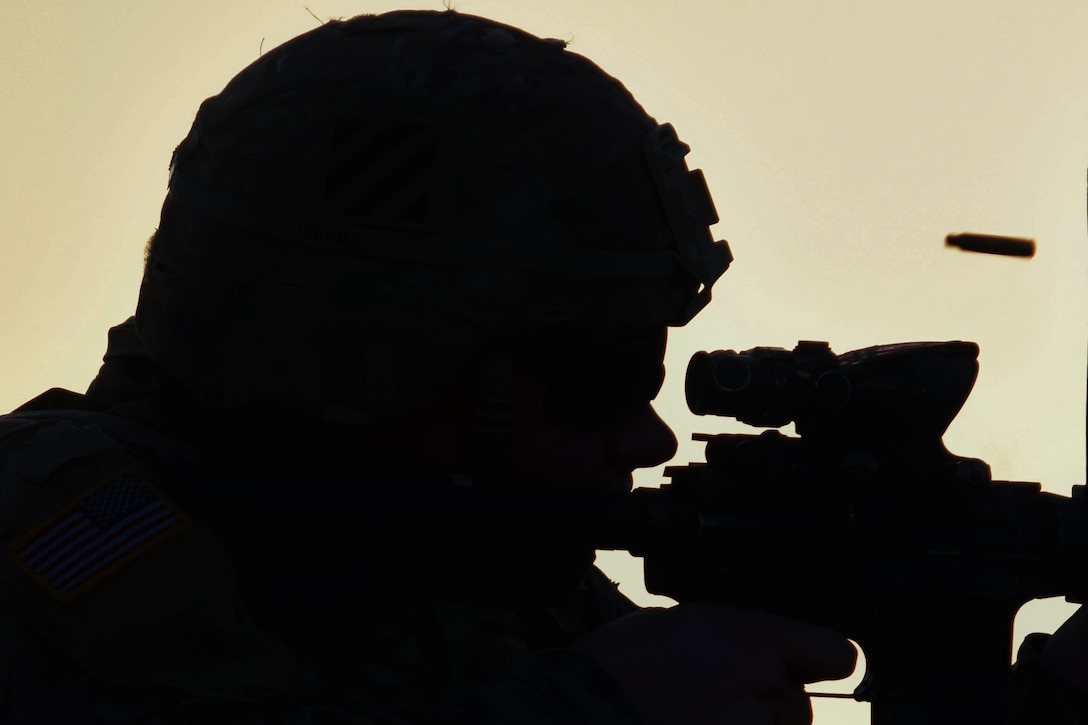Nov. 16, 2020
Today, the Department of Defense (DOD) completed its fiscal year (FY) 2020 Department-wide financial statement audit. “For the third year in a row, the audit has proven its tremendous value,” Deputy Secretary of Defense David Norquist said. “As we continue reforming the Department for greater affordability, the audit delivers returns that significantly outweigh its cost by improving business operations and enhancing the lethality of our warfighters.”
Seven DOD organizations are expected to sustain unmodified or “clean” opinions. Four audits are still underway and are expected to be completed between December 15, 2020, and March 25, 2021.
- We are working towards, and optimistic that we will have, an additional (beyond the seven) clean opinion this year for the Defense Information Systems Agency (DISA) Working Capital Fund (WCF).
- Auditors thus far validated that DOD resolved over 530 findings from the FY 2019 audits.
- DOD continued to demonstrate progress despite the challenges presented by the COVID-19 pandemic.
The COVID-19 pandemic struck during a typically critical time for audit testing. Nevertheless, our Military Service members, civilians, contractors, and auditors came together to develop and implement alternative and innovative solutions to complete this year’s audit. Our financial statement audits continue to be foundational to business reform and our 2018 National Defense Strategy. The most tangible benefits come from addressing audit findings, which help us enhance our information system controls, improve the reliability of our financial data, and improve operational efficiency.
This year, we are optimistic that the DISA WCF can achieve an unmodified opinion, a notable improvement from a disclaimer of opinion last year, and the beginning of a future trend where smaller organizations begin to achieve positive opinions over the next several years.
The following entities sustained their unmodified opinions: the U.S. Army Corps of Civil Engineers – Civil Works; the Military Retirement Fund (MRF), the Defense Health Agency – Contract Resource Management; the Defense Contract Audit Agency; the Defense Finance and Accounting Services (DFAS) WCF; and the Defense Commissary Agency. These were the 26th and 21st consecutive unmodified opinions for the MRF and DFAS WCF, respectively. The DISA WCF; Department of the Navy General Fund and WCF; and DOD Office of Inspector General (DOD OIG) audits are still ongoing. We expect the DOD OIG to sustain its clean opinion.
The DOD has made important progress since last year. For example, the Department anticipates the downgrade of two Agency-Wide material weaknesses; and is hopeful that Navy’s auditors can downgrade three Navy material weaknesses when the Navy’s audit is completed in December. Several material weaknesses for the Marine Corps and Defense Agencies have been downgraded. Auditors also confirmed during the FY 2020 audit that the Department successfully closed over 530 FY 2019 audit findings, and were able to expand their testing in several areas. Progress continued in an array of areas including information technology, inventory, Fund Balance with Treasury, and financial reporting.
During the FY 2020 audit, auditors verified the Department sustained earlier progress reported in the
FY 2019 audit, including:
- No significant issues found with payment amounts made to civilian or military members,
- No evidence of fraud, and
- Existence and completeness of major military equipment.
The annual audit continues to play a pivotal role in improving financial management and supporting business reform throughout the Department. It reinforces our accountability to the American taxpayer and our stewardship over resources entrusted to us in support of our warfighters.
